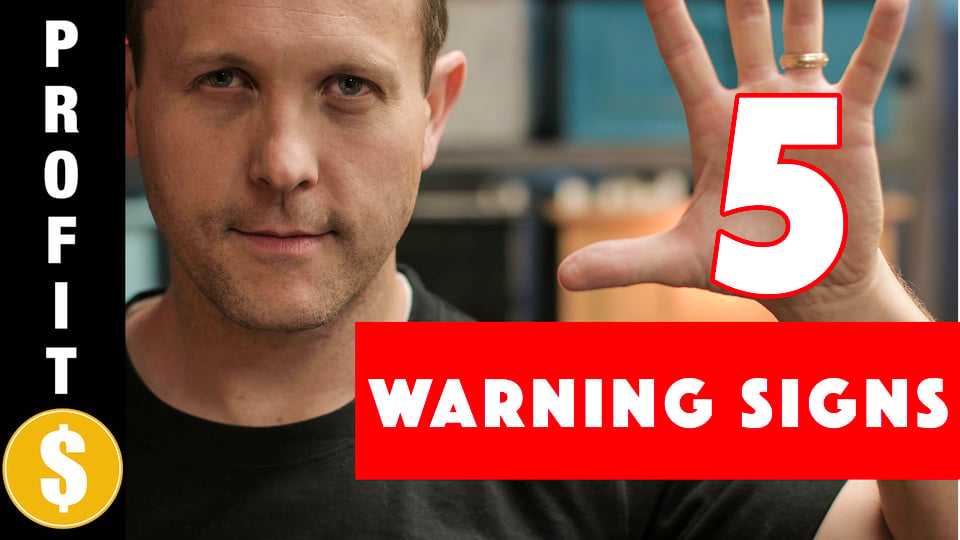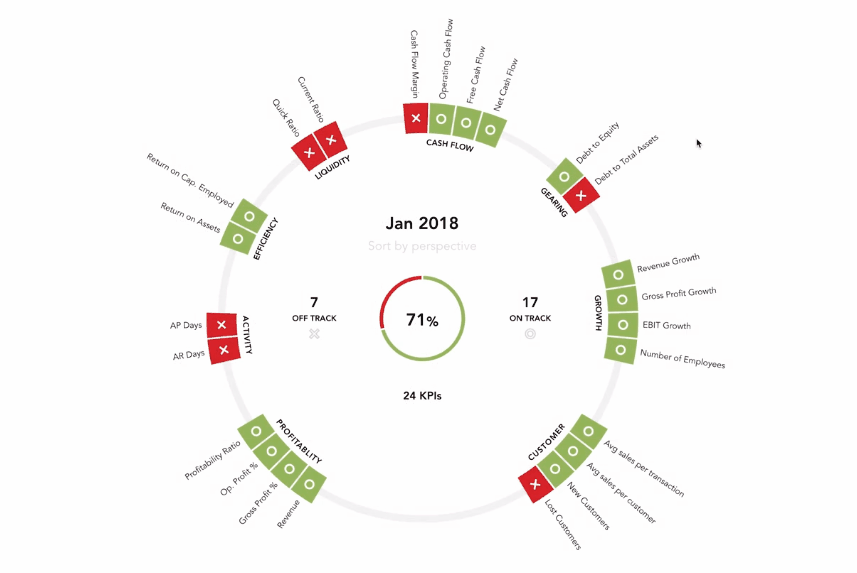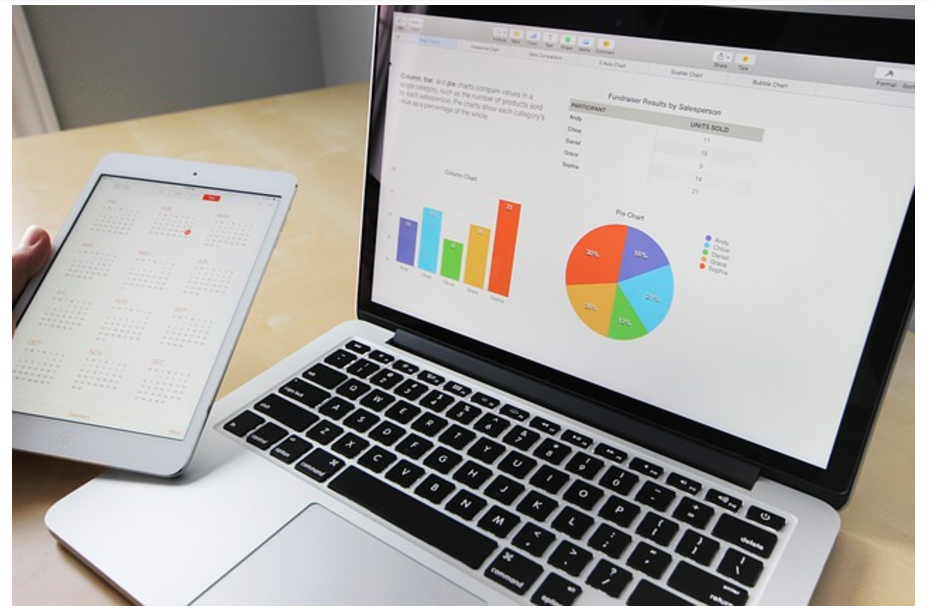As an entrepreneur, there are a few financial metrics I want you to pay attention to each month as your financial statements come out. These five numbers will tell you if your company is healthy or headed towards a financial slump. To learn about them, watch the video below:
Total Equity
 On your balance sheet, your total equity should be positive. If it is, that means that your assets are greater than your liabilities. New businesses tend to have a negative equity balance and that's because they fund their startup with debt and have little to show for it. As the company gets going, they hopefully pay down their debts, generate income, and build wealth. This pushes the total equity positive.
On your balance sheet, your total equity should be positive. If it is, that means that your assets are greater than your liabilities. New businesses tend to have a negative equity balance and that's because they fund their startup with debt and have little to show for it. As the company gets going, they hopefully pay down their debts, generate income, and build wealth. This pushes the total equity positive.
When I see a company with negative equity, I work with the CEO to get debt under control and to make sure that he or she isn't bleeding the company dry by taking too much cash out for owner draws.
A/R to A/P
Next, lets compare your total accounts receivable to your accounts payable. We want to make sure that the amount of cash you have coming in from your customers is greater than the amount of cash you have going out to your vendors. It's vital that you keep this ratio in check. If not, you end up robbing Peter to pay Paul. Once accounts payable are greater than receivables, every day feels like you're walking on thin ice as vendors beat your door down and the bank runs dry.
When I see this ratio upside down, its usually caused by a cash flow cycle problem. The goal is to make sure that you invoice quickly and accurately and then apply cash payments to the proper vendors once the money comes in. You also need to make sure that each job you take is profitable. If you're taking work just to keep your doors open, you'll often incur more cost than income.
 Trailing Cash Balance
Trailing Cash Balance
Look at your balance sheet by month for the past 12 months. Is your cash balance growing or continually falling? Obviously we want to avoid the latter. It is true that you can have too much cash in your business. Cash is a tool and should be used to reinvest in your company for better systems, processes, etc. However, you need to maintain a healthy cash position and if that erodes, you need to turn the ship around quickly.
Gross Margin
Your gross margin is the percent of money you get to keep after you pay for your cost of goods sold. In my opinion, it's the most important of the financial metrics in your business. It tells you how well you're controlling costs, how efficient your company is, and helps you calculate other valuable metrics like your break-even point. Look at your gross margin every month. It can be found on your profit and loss statement by dividing your gross profit by your revenue. Make sure this number is holding strong or going up. If it's shrinking, then your ship is leaking.
Labor to Revenue
 The final warning sign is your labor to revenue ratio. Look at your total labor cost divided by your total revenue for the same period. Over time, you want this percentage to go down. That would indicate that your team is getting better at what they do. They are getting more efficient and able to support more revenue without having to constantly hire.
The final warning sign is your labor to revenue ratio. Look at your total labor cost divided by your total revenue for the same period. Over time, you want this percentage to go down. That would indicate that your team is getting better at what they do. They are getting more efficient and able to support more revenue without having to constantly hire.
If this number is going up, then you are spending more on your people to generate revenue. Handing out raises will effect this number for sure, but all things aside, you shouldn't see major swings here.
What to Do Next
If I were you, I would get my financial statements from my accountant each month and analyze these five financial metrics. They really are warning signs that will alert you ahead of time if something is wrong. Having that kind of foresight will give you enough time to fix things and keep you in business.
Liked this article / video? Well then, don't forget to subscribe to our YouTube channel where you'll get more in depth information just like this to help you build a business that will set you free.
Additional Reading
Fictional Finances: What Would Your Favorite T.V. Character Make?














.png)


